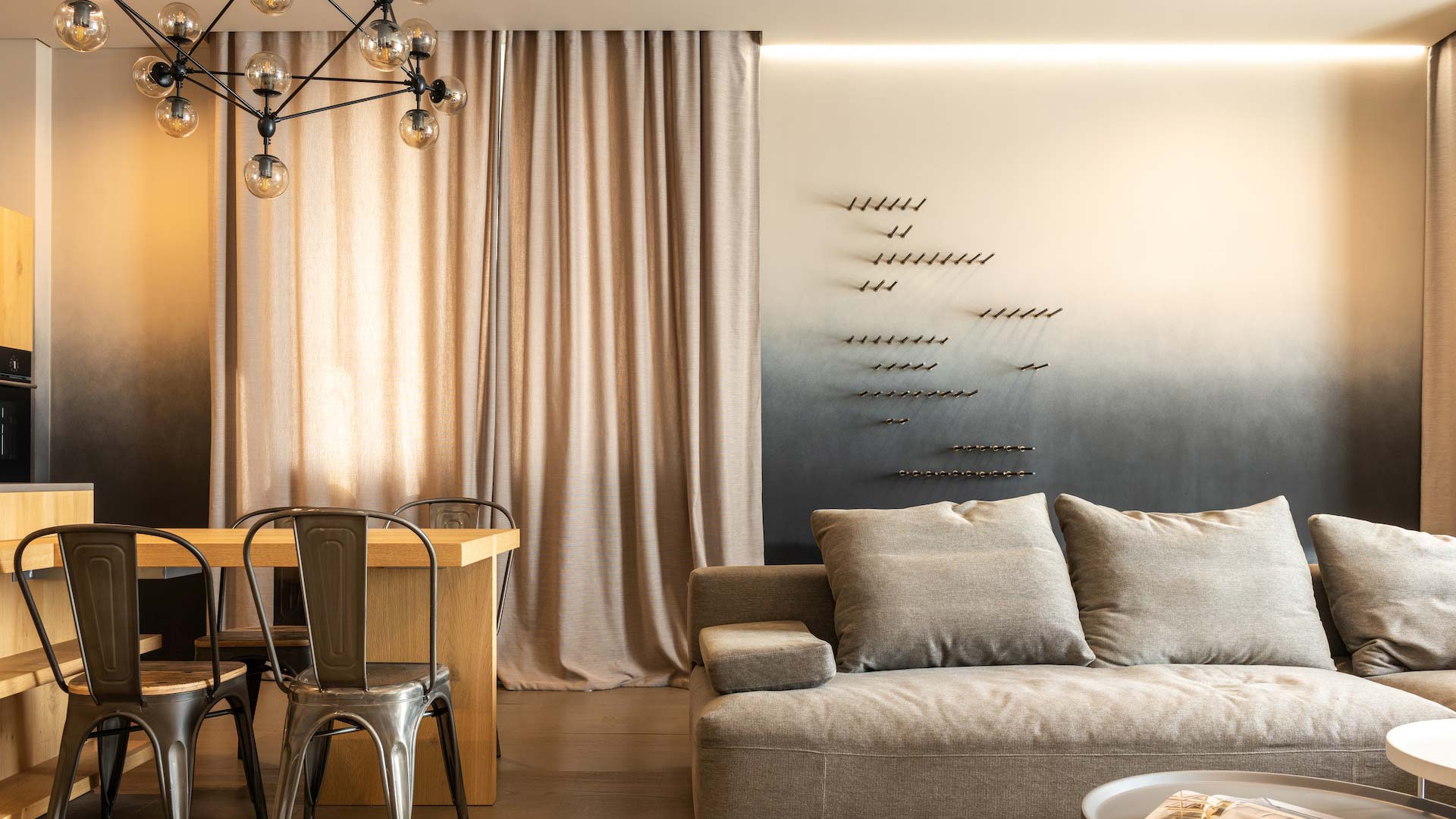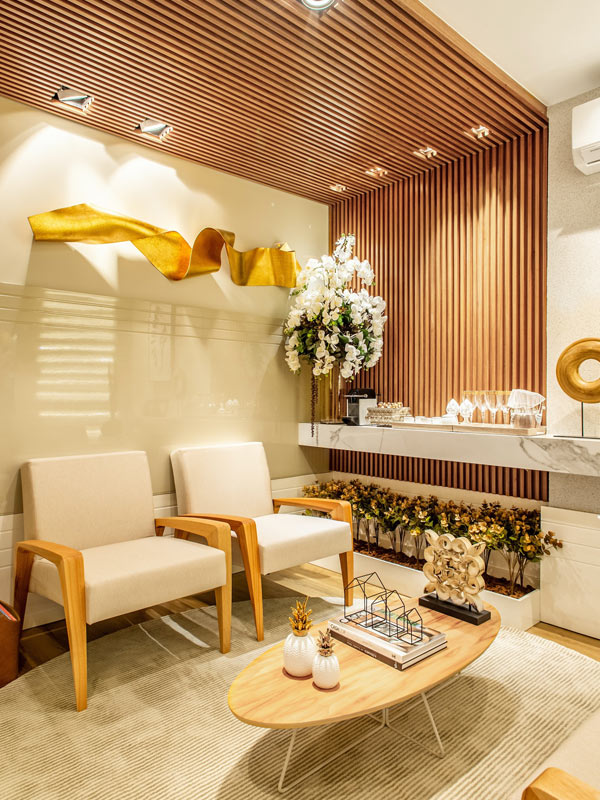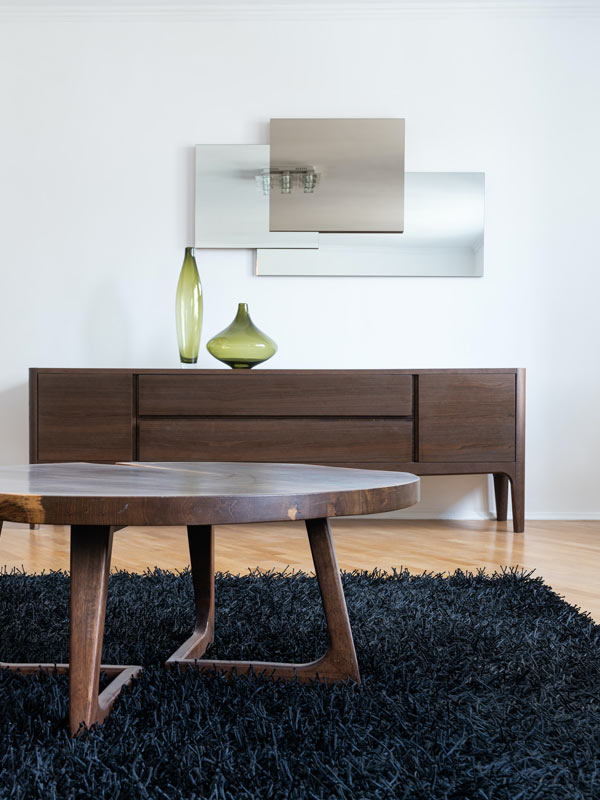
When it comes to interior design, lighting is often the unsung hero. Many people focus on furniture, color schemes, and décor while overlooking the crucial role lighting plays in shaping the ambiance, mood, and functionality of a space. Proper interior lighting doesn’t just illuminate—it transforms. Whether you’re designing a cozy home or a professional workspace, understanding lighting is essential for creating a well-balanced, visually appealing environment.
Design ideas - interiors
🛋️ Living Room: Layered lighting works best here: combine ambient (ceiling lights), accent (wall sconces or picture lights), and task lighting (floor lamps).
Dimmer switches allow control of light intensity for different times of day or activities.
Use statement chandeliers or pendant lights as a centerpiece.
🍽️ Dining Area: Use a pendant light or chandelier centered above the dining table.
Opt for warm white light (2700K–3000K) to create a cozy dining atmosphere.
Accent lighting can highlight wall art or cabinetry.
🍳 Kitchen: Prioritize task lighting over work surfaces, such as under-cabinet LED strips.
Combine with ambient lighting like ceiling-mounted or recessed lights.
Include pendant lights above kitchen islands for added style and utility.
🛏️ Bedroom: Use soft ambient lighting through wall-mounted sconces or bedside lamps.
Layered lighting allows you to shift from bright light in the morning to soft glows at night.
Consider smart lighting for automatic dimming or changing hues.
🛁 Bathroom: Combine overhead lighting with mirror-side lights to avoid shadows on the face.
Use bright white light (3500K–4000K) for clarity.
Add accent lighting for a spa-like ambiance.
💼 Home Office: Invest in adjustable task lighting like desk lamps with dimmable features.
Use daylight-balanced lighting (5000K–6500K) to reduce eye strain.
Incorporate natural light where possible and avoid overhead glare on screens.
Best design practices
- Layer Your Lighting
Use a mix of ambient, task, and accent lighting in each room. This adds depth and flexibility, ensuring the space is both beautiful and functional.
- Choose the Right Color Temperature
Warm White (2700K–3000K): Relaxing areas (living rooms, bedrooms)
Cool White (3500K–4100K): Functional areas (bathrooms, kitchens)
Daylight (5000K–6500K): Workspaces, garages, and offices
- Use Dimmers
Dimmers allow you to adjust the intensity of light according to the time of day, mood, or activity. They enhance flexibility and save energy.
- Highlight Architectural Features
Use lighting to draw attention to textures, alcoves, or built-in shelves. Accent lights can turn overlooked elements into eye-catching features.
- Maximize Natural Light
Incorporate windows, skylights, and glass partitions to let in natural daylight, which improves mood and reduces energy consumption.
- Plan Lighting Early in the Design Process
Lighting should be part of the initial interior planning—not an afterthought. This ensures proper placement of outlets, switches, and fixtures for seamless integration.
- Think About Scale and Proportion
Lighting fixtures should match the room’s size. A chandelier too large or too small for the room will throw off the balance.
Final Thoughts
Proper interior lighting is more than just a practical necessity—it’s a design element that influences how we feel, function, and interact in a space. Whether you’re remodeling a single room or designing an entire home, paying close attention to your lighting strategy will dramatically improve the outcome.
From layered lighting plans to picking the perfect fixtures, a thoughtful approach to interior lighting is the key to creating spaces that are as functional as they are beautiful.

